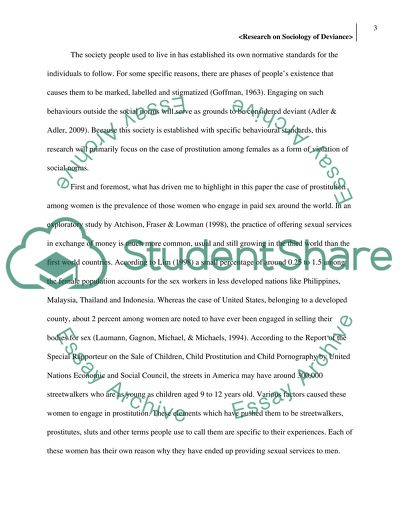Cite this document
(“The Case Of Prostitution Among Women Research Paper”, n.d.)
The Case Of Prostitution Among Women Research Paper. Retrieved from https://studentshare.org/sociology/1438739-the-case-of-prostitution-among-women
The Case Of Prostitution Among Women Research Paper. Retrieved from https://studentshare.org/sociology/1438739-the-case-of-prostitution-among-women
(The Case Of Prostitution Among Women Research Paper)
The Case Of Prostitution Among Women Research Paper. https://studentshare.org/sociology/1438739-the-case-of-prostitution-among-women.
The Case Of Prostitution Among Women Research Paper. https://studentshare.org/sociology/1438739-the-case-of-prostitution-among-women.
“The Case Of Prostitution Among Women Research Paper”, n.d. https://studentshare.org/sociology/1438739-the-case-of-prostitution-among-women.


